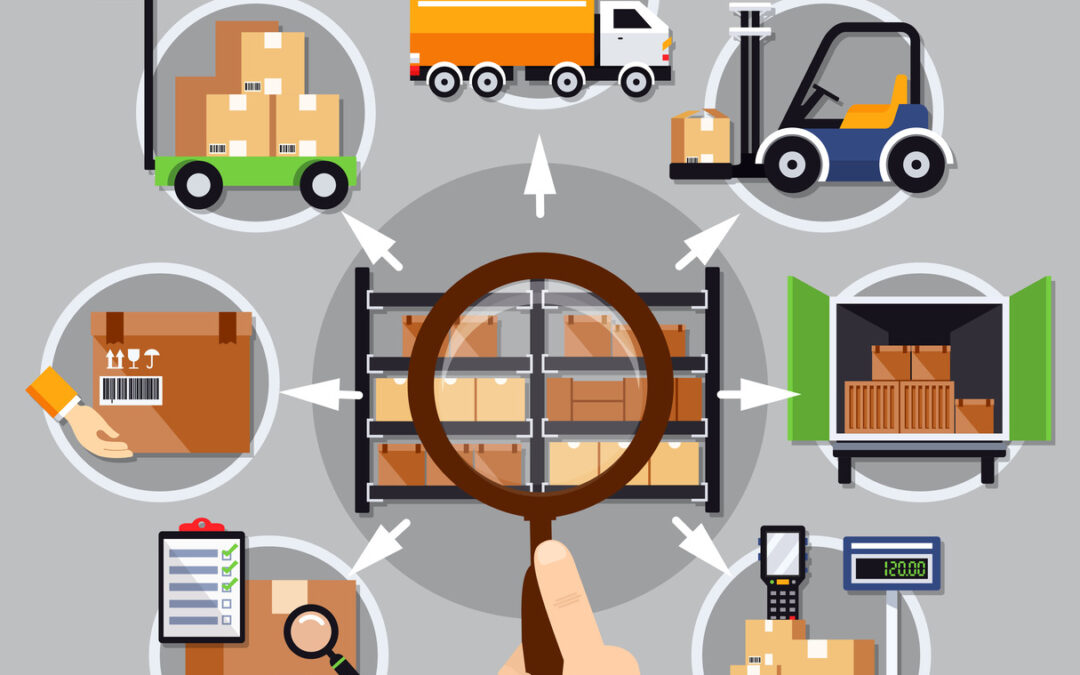In today’s competitive market, businesses face the challenge of sourcing materials that strike a balance between quality and cost. Achieving this delicate equilibrium is crucial for maintaining product integrity while controlling expenses. This article explores effective strategies to help you source materials efficiently, ensuring that you get the best value without compromising on quality.
Understanding the Importance of Material Sourcing
Material sourcing is the first step in the production process for any product. It directly influences the final output in terms of both quality and cost. Companies need to ensure that they procure materials that align with their desired product standards, while also keeping an eye on their budget.
In most industries, material costs can make up a significant portion of overall expenses. Hence, sourcing the right materials at the right price is essential for profitability. The challenge is finding that sweet spot between high-quality materials and affordable prices.
Key Factors to Consider When Sourcing Materials
When sourcing materials, several factors play a critical role in deciding whether to prioritize quality or cost. Let’s break them down:
Supplier Reliability
A reliable supplier ensures that you receive consistent quality and timely deliveries. While the cost might be slightly higher with trustworthy suppliers, the value comes in terms of reduced delays and fewer quality issues.
Material Specifications
Understanding the exact specifications of the material required is key. If quality is paramount, you’ll need to invest in materials that meet or exceed these specifications. However, if you’re working within a strict budget, you may need to adjust some specifications without compromising the core functionality of the product.
Bulk Purchasing
Buying materials in bulk can lower costs, but you must ensure that the materials do not degrade in quality over time. Bulk buying also requires proper storage conditions to maintain material integrity.
Market Trends and Price Fluctuations
Material prices fluctuate based on supply and demand, seasonality, and geopolitical factors. Monitoring these trends will help you buy at optimal times and avoid overpaying for materials.
Testing and Quality Assurance
Testing materials before full-scale production helps ensure quality. This step is crucial for industries where precision is key, such as pharmaceuticals or electronics. Implementing a quality control process might increase costs initially but can save money in the long run by reducing defects.
Strategies to Balance Quality and Cost
Balancing quality and cost is not about choosing one over the other. It’s about finding a balance that aligns with your business goals and customer expectations. Here are some strategies to achieve that balance:
1. Partner with Trusted Suppliers
Building strong, long-term relationships with reliable suppliers can help you secure better pricing and material quality. Trustworthy suppliers may offer you discounts, flexible payment terms, or priority during peak seasons, all of which can help control costs without sacrificing quality.
2. Evaluate Total Cost of Ownership
Don’t just look at the upfront cost of materials. Evaluate the total cost of ownership, which includes shipping, handling, storage, and waste. For example, cheap materials might incur additional costs in terms of defects, rework, or even customer dissatisfaction. By considering these hidden costs, you can make more informed purchasing decisions.
3. Invest in Technology for Material Sourcing
Technology can help streamline the sourcing process. Tools like automated purchasing systems, supply chain management software, and inventory optimization platforms can provide valuable insights into cost fluctuations and help you make smarter material purchasing decisions.
4. Develop a Strong In-House Team
A skilled in-house team of sourcing and procurement experts can ensure that materials are evaluated properly. They can negotiate with suppliers to secure the best prices while still meeting quality standards. Investing in your team’s training and knowledge will pay dividends in the long run.
5. Build a Flexible Sourcing Strategy
Markets change, and so do material costs. Developing a flexible sourcing strategy allows you to adjust as needed. For example, you could maintain a base level of high-quality materials and use alternative or less expensive options when market conditions shift or when budget constraints arise.
6. Conduct Regular Supplier Audits
Supplier audits are essential to ensure that your suppliers are delivering what they promise. Regular checks on supplier quality can help identify potential issues before they become bigger problems. If a supplier consistently delivers low-quality materials, it’s time to renegotiate or find an alternative vendor.
7. Leverage Bulk Orders During Price Drops
When material prices drop due to market conditions, this is an ideal time to purchase in bulk. This can save your business money over time. However, only buy in bulk for materials that are used regularly and have a long shelf life to avoid wastage.
8. Focus on Waste Reduction
Waste is a silent cost that can impact both quality and cost. By focusing on reducing material waste, you can lower the overall cost of production while maintaining high-quality standards. Lean manufacturing techniques, recycling, and careful inventory management are all effective ways to reduce waste.
Case Study: Balancing Quality and Cost in a Manufacturing Company
Let’s consider a hypothetical case study of a manufacturing company that produces consumer electronics. The company was facing rising costs of raw materials and sought to find ways to reduce expenses without sacrificing product quality.
By working with multiple suppliers and negotiating bulk prices, they were able to lower costs. They also implemented quality control checks early in the production process to prevent defects from reaching customers. Furthermore, they used supply chain technology to predict price trends and optimize purchasing.
This comprehensive approach helped the company reduce material costs by 15% while maintaining the high-quality standards expected by consumers.
Conclusion: Striking the Right Balance
Sourcing materials that offer the right balance of cost and quality is an ongoing challenge, but it’s not an impossible one. By considering factors like supplier reliability, material specifications, and technology, and by implementing strategies like bulk purchasing and quality assurance testing, you can find the right materials at the right price. Building strong relationships with suppliers and continually assessing your sourcing strategy will help you stay ahead of fluctuating market conditions and ensure your business remains profitable without sacrificing quality.
To succeed in material sourcing, it’s important to have a flexible, data-driven strategy and a team that can adapt to changes in both cost and quality expectations. By following these steps, businesses can thrive in a competitive market and deliver products that meet customer expectations without breaking the bank.






